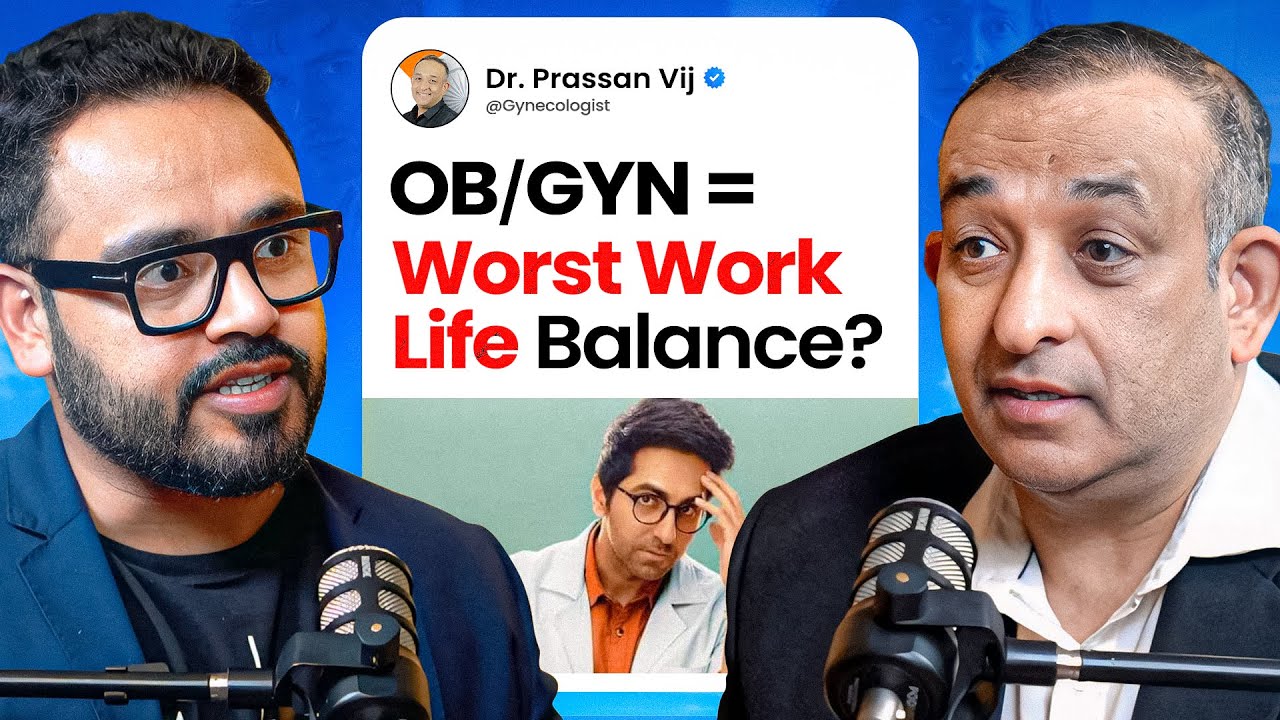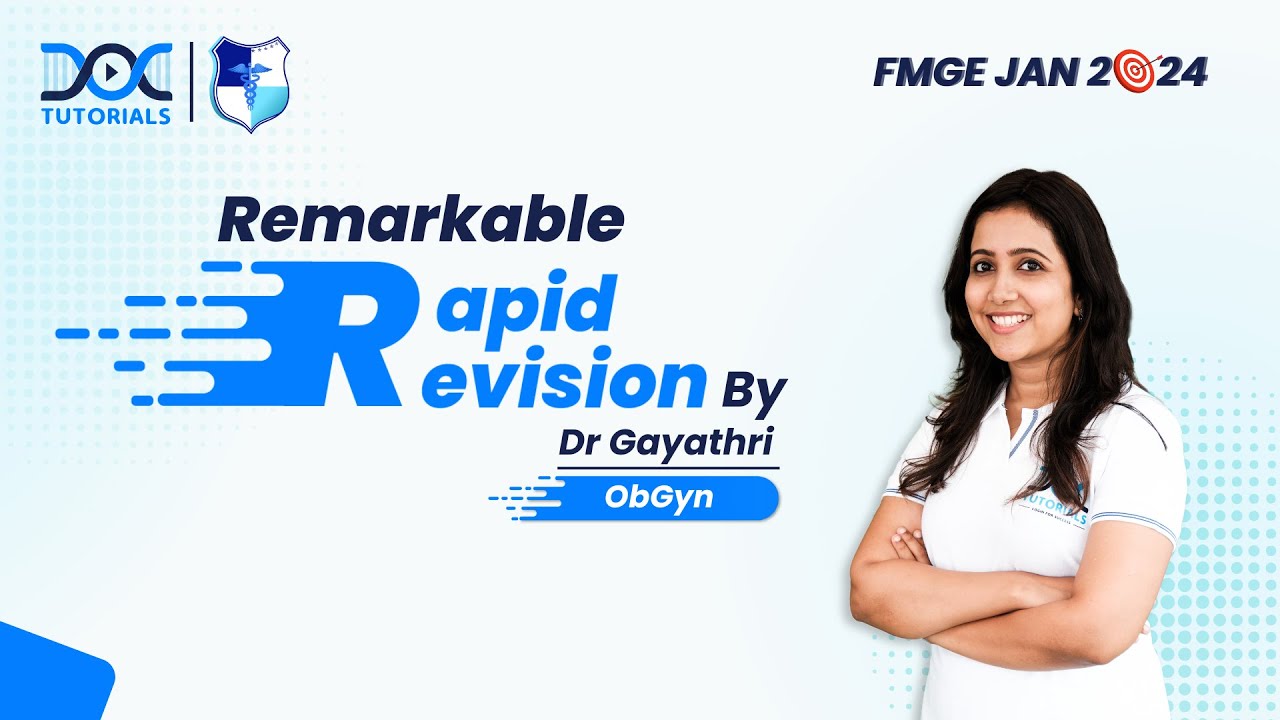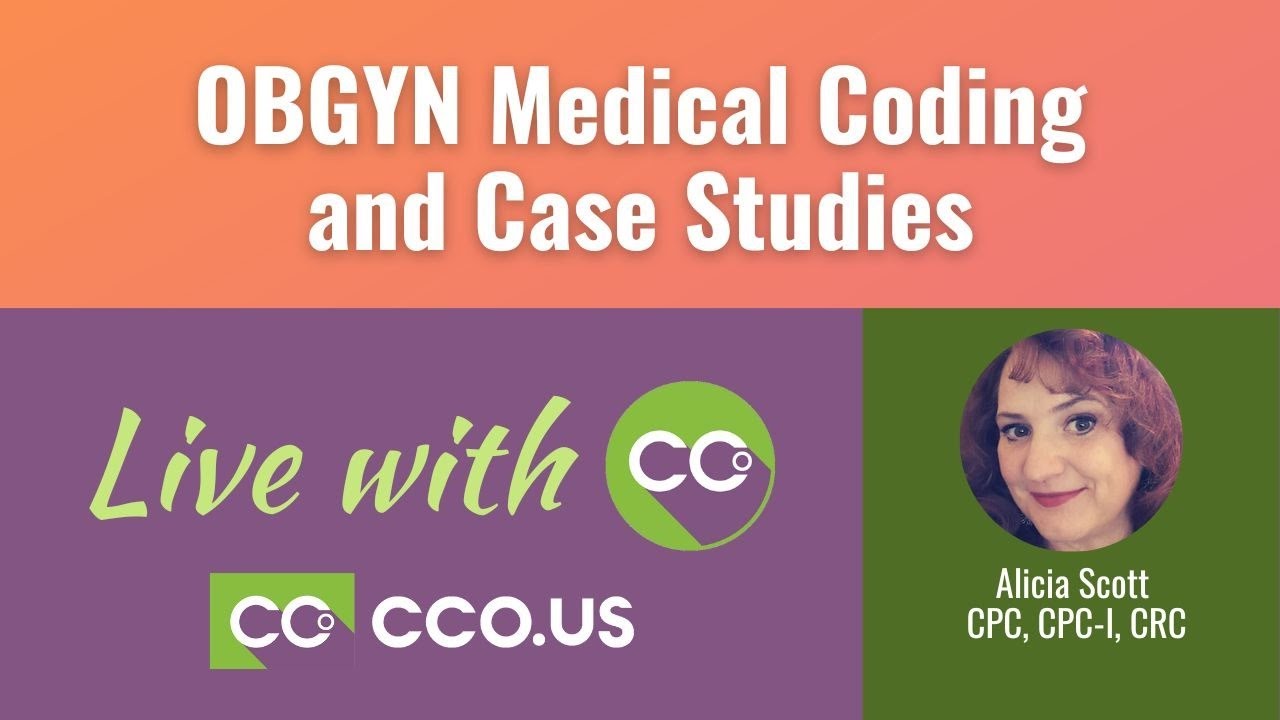Embolization a valid option for treating fibroids
Reuters Health • The Doctor's Channel Daily Newscast
The results are in line with findings from a recent Dutch meta-analysis published online March 17th in the American Journal of Obstetrics and Gynecology (see Reuters Health report on March 28, 2011). It showed that health-related quality of life and satisfaction rates did no differ between UAE and surgical groups, despite higher re-intervention rates with UAE.
For the current study, Dr. J. G. Moss, with North Glasgow University Hospitals, and colleagues compared 5-year outcomes in 157 women with symptomatic fibroids who were originally randomized to UAE (n=106) or surgery — i.e., hysterectomy (n=42) or myomectomy (n=9).
Quality of life assessed by SF-36 scores was virtually identical in the UAE and surgical groups, with each arm showing a gain in quality of life that reached normative levels, the researchers found.
At 5 years, the mean symptom score was +4.5 in the UAE group and +4.8 in the surgical group, with +5 indicating markedly better, according to the report.
Rates of adverse events were similar in both groups (19% with UAE and 25% with surgery), but the 5-year intervention rate for treatment failure or complications was 32% in the UAE arm versus 4% in the surgery arm.
The authors note that, because of the re-intervention rate, the two treatments were cost neutral at 5 years.
“The less invasive nature of UAE needs to be balanced against the need for re-intervention in almost a third of patients,” Dr. Moss and colleagues conclude. “The choice should lie with the informed patient.”
Reference:
Randomised comparison of uterine artery embolisation (UAE) with surgical treatment in patients with symptomatic uterine fibroids (REST trial): 5-year results
BJOG 2011.






